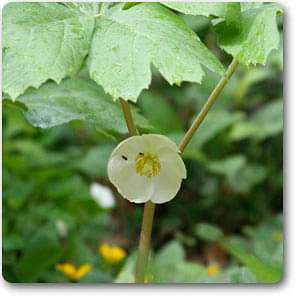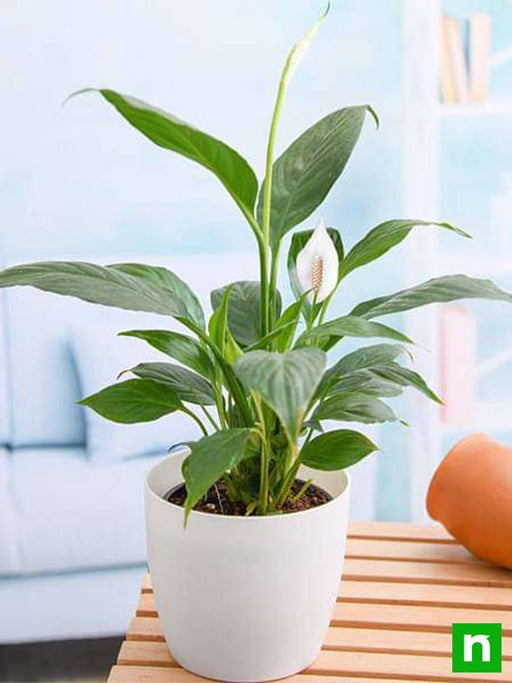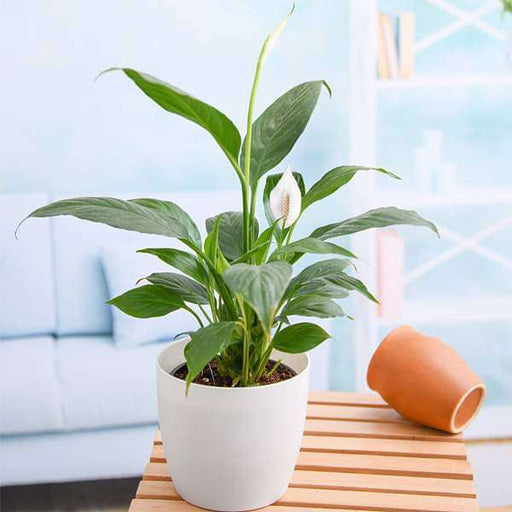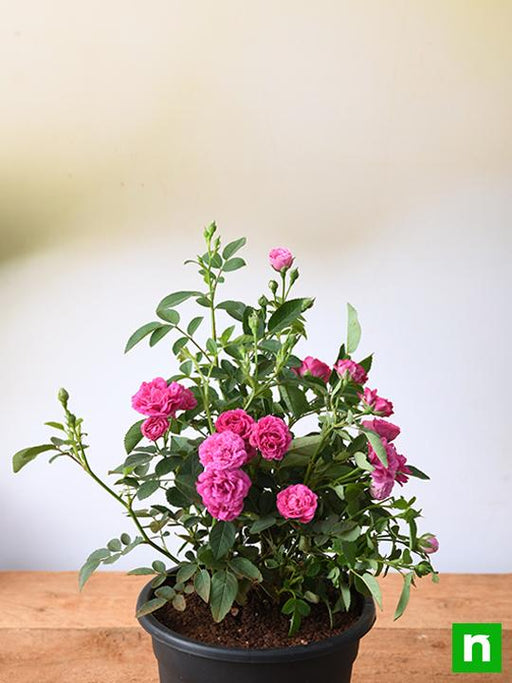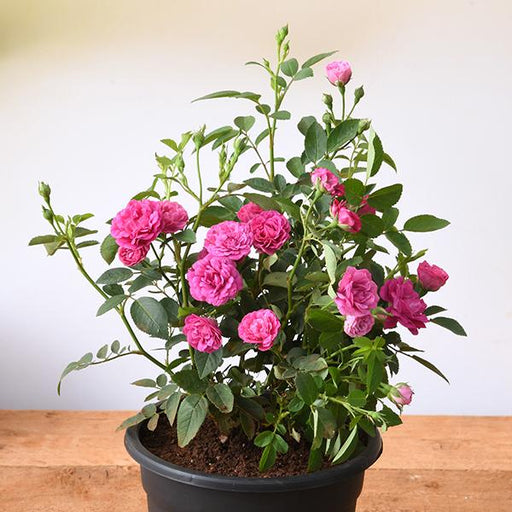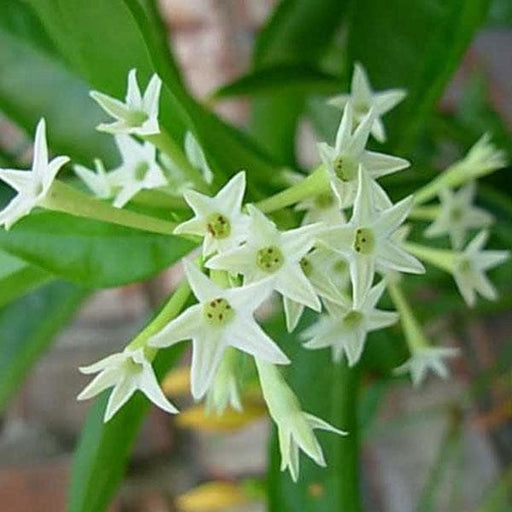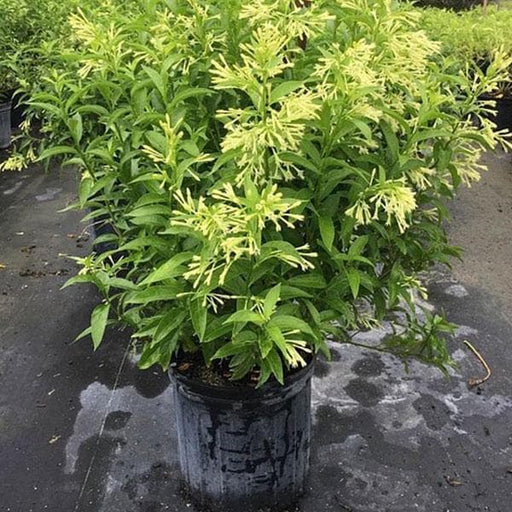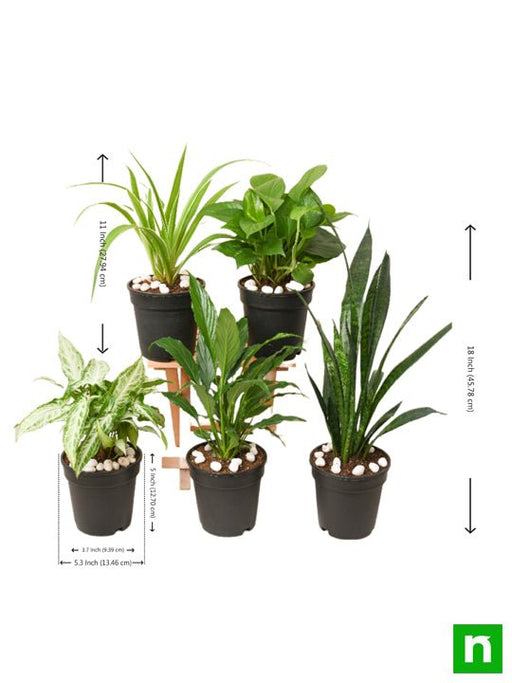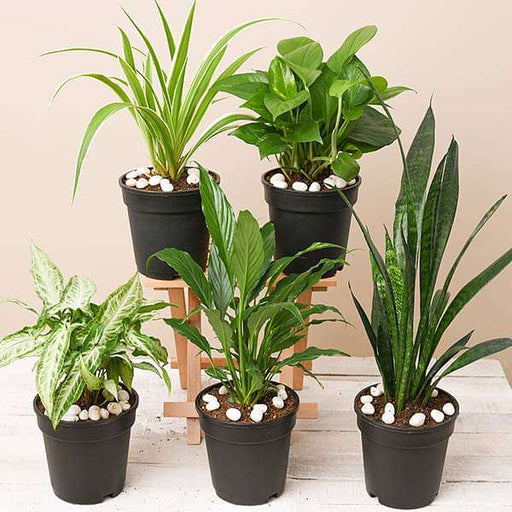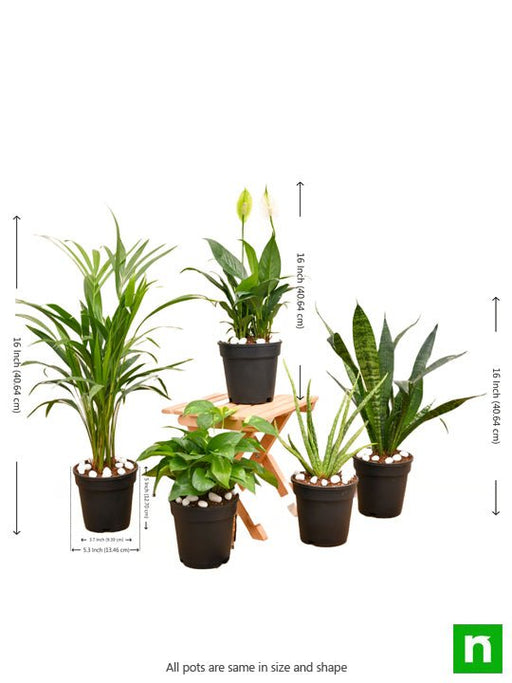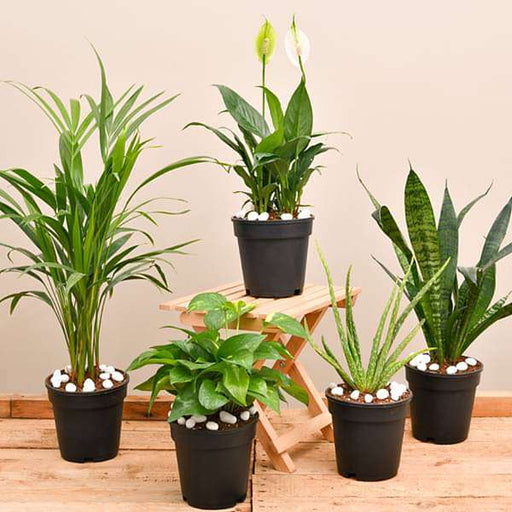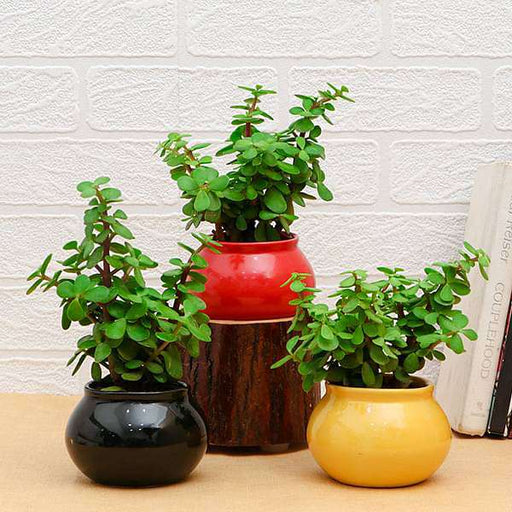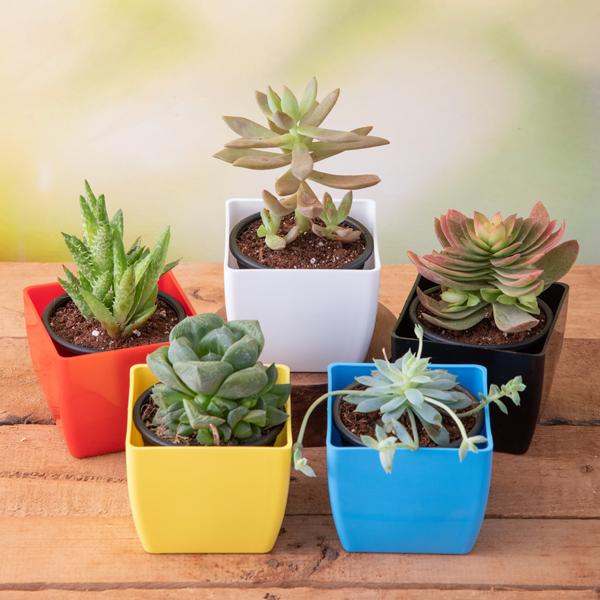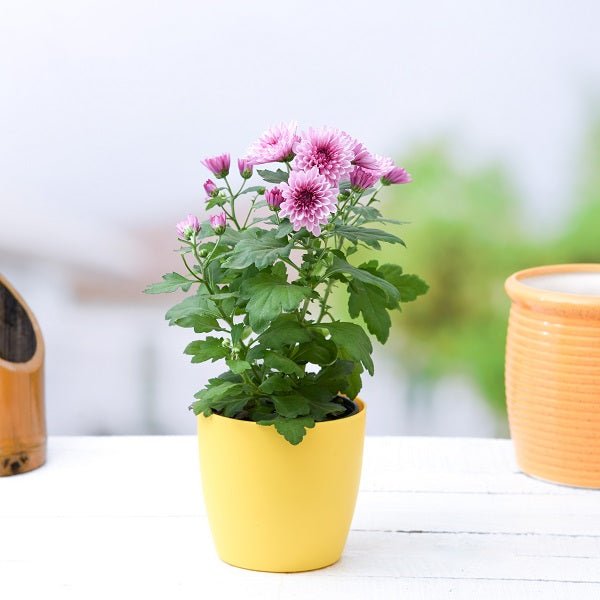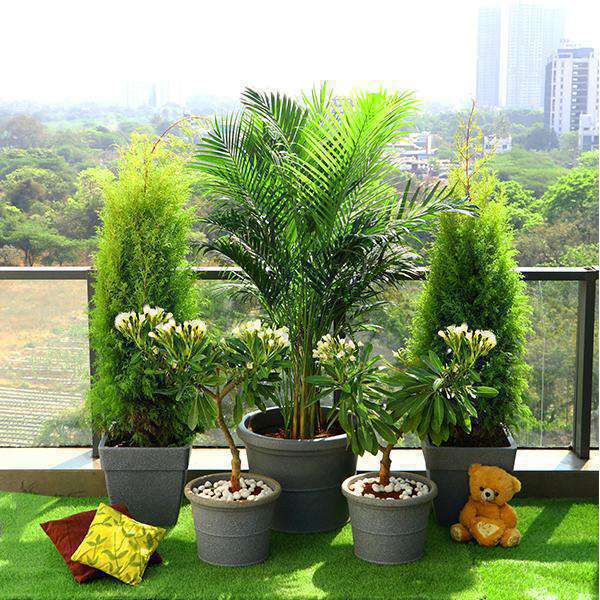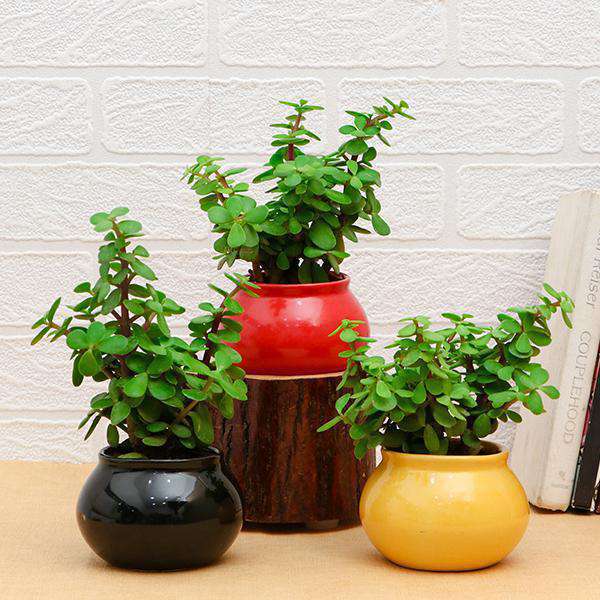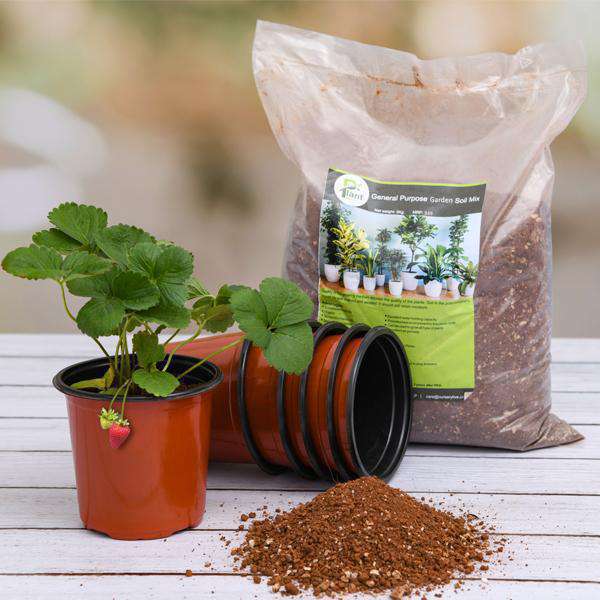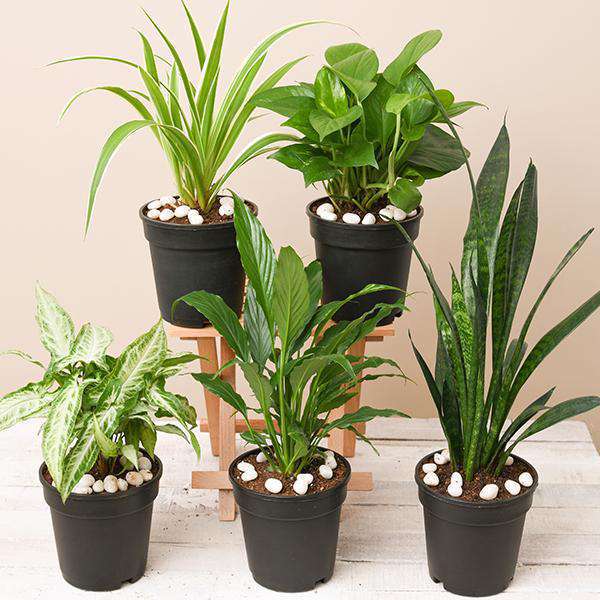Mayapple Benefits
Mayapple, or Podophyllum peltatum, is not just a pretty face in the plant kingdom; it’s a multitasker! This herbaceous perennial boasts a plethora of health benefits, from its potential anti-cancer properties to its use in traditional medicine. It’s like the Swiss Army knife of plants, offering everything from digestive aid to skin treatments. Just remember, while it’s a superstar in the wild, it’s not exactly a salad ingredient—its unripe fruit is toxic. So, admire from a distance and let it do its magic!
Ban Kakri Uses
Ban Kakri, the lesser-known cousin of the cucumber, is a hidden gem in the world of edible plants. This leafy wonder is not just a salad filler; it’s a crunchy delight that can jazz up your dishes. With its refreshing taste and high water content, it’s like nature’s answer to hydration. Plus, it’s packed with vitamins and minerals, making it a guilt-free snack. So, next time you’re looking for a unique twist in your culinary adventures, give Ban Kakri a whirl!
Podophyllum Peltatum Cultivation
Cultivating Podophyllum peltatum is like hosting a garden party for nature’s finest. This plant thrives in shady spots, making it the introvert of the garden world. It prefers moist, well-drained soil and a sprinkle of patience. Once established, it’ll reward you with its charming umbrella-like leaves and delicate white flowers. Just be sure to keep an eye on it; this plant can spread like gossip at a family reunion. With a little care, you’ll have a thriving patch of Mayapple in no time!
Mayapple Toxicity
it’s not a snack bar!
Ban Kakri Nutritional Value
Ban Kakri is not just a pretty face; it’s a nutritional powerhouse! Packed with vitamins A and C, this leafy delight is a fantastic addition to your diet. It’s low in calories and high in fiber, making it the perfect guilt-free snack. Plus, its hydrating properties can help keep you refreshed during those hot summer days. So, if you’re looking to boost your health while enjoying a crunchy treat, Ban Kakri is your go-to green!
Podophyllum Peltatum in Traditional Medicine
For centuries, Podophyllum peltatum has been a staple in traditional medicine. Native Americans revered this plant for its healing properties, using it to treat various ailments. From digestive issues to skin conditions, Mayapple has been the go-to remedy for many. It’s like the wise old sage of the plant world, offering wisdom and healing to those who seek it. Just remember, while it has a rich history, always consult a professional before diving into herbal remedies!
Mayapple Habitat
Mayapple thrives in the wild, often found in rich, moist woodlands. It’s like the introverted artist of the plant world, preferring the shade of larger trees and a cozy, damp environment. This plant loves to hang out in groups, creating a beautiful carpet of green in the forest floor. If you’re looking to spot Mayapple in its natural habitat, head to the woods in spring, and you might just find it flaunting its unique umbrella-like leaves!
Ban Kakri vs. Cucumber
Ban Kakri and cucumber may seem like distant relatives, but they have their quirks! While cucumbers are the classic salad staple, Ban Kakri brings a unique crunch and flavor to the table. It’s like the cool cousin who shows up at family gatherings with a funky hairstyle. Both are hydrating and nutritious, but Ban Kakri adds a twist that can elevate your dishes. So, if you’re feeling adventurous, swap out that cucumber for Ban Kakri and surprise your taste buds!
Podophyllum Peltatum and Wildlife
Mayapple isn’t just a pretty plant; it’s also a wildlife magnet! Birds, insects, and even small mammals are drawn to its lush foliage and ripe fruit. It’s like the popular kid in school, attracting all the attention. The plant provides shelter and food for various critters, making it an essential part of the ecosystem. So, if you’re looking to create a wildlife-friendly garden, consider adding Podophyllum peltatum to your plant roster!
Mayapple in Folklore
Mayapple has woven its way into folklore and traditions, often symbolizing protection and healing. In some cultures, it’s believed to ward off evil spirits, making it a mystical addition to gardens. It’s like the plant version of a guardian angel, watching over your green space. With its rich history and cultural significance, Mayapple is more than just a plant; it’s a storyteller, sharing tales of old with every leaf and flower.
Ban Kakri in Culinary Arts
Ban Kakri is the unsung hero of the culinary world, often overshadowed by its more famous counterparts. This versatile plant can be used in salads, stir-fries, and even smoothies, adding a refreshing crunch to any dish. It’s like the secret ingredient that elevates your cooking game. So, if you’re looking to impress your guests with something unique, don’t overlook Ban Kakri—it might just steal the show!
